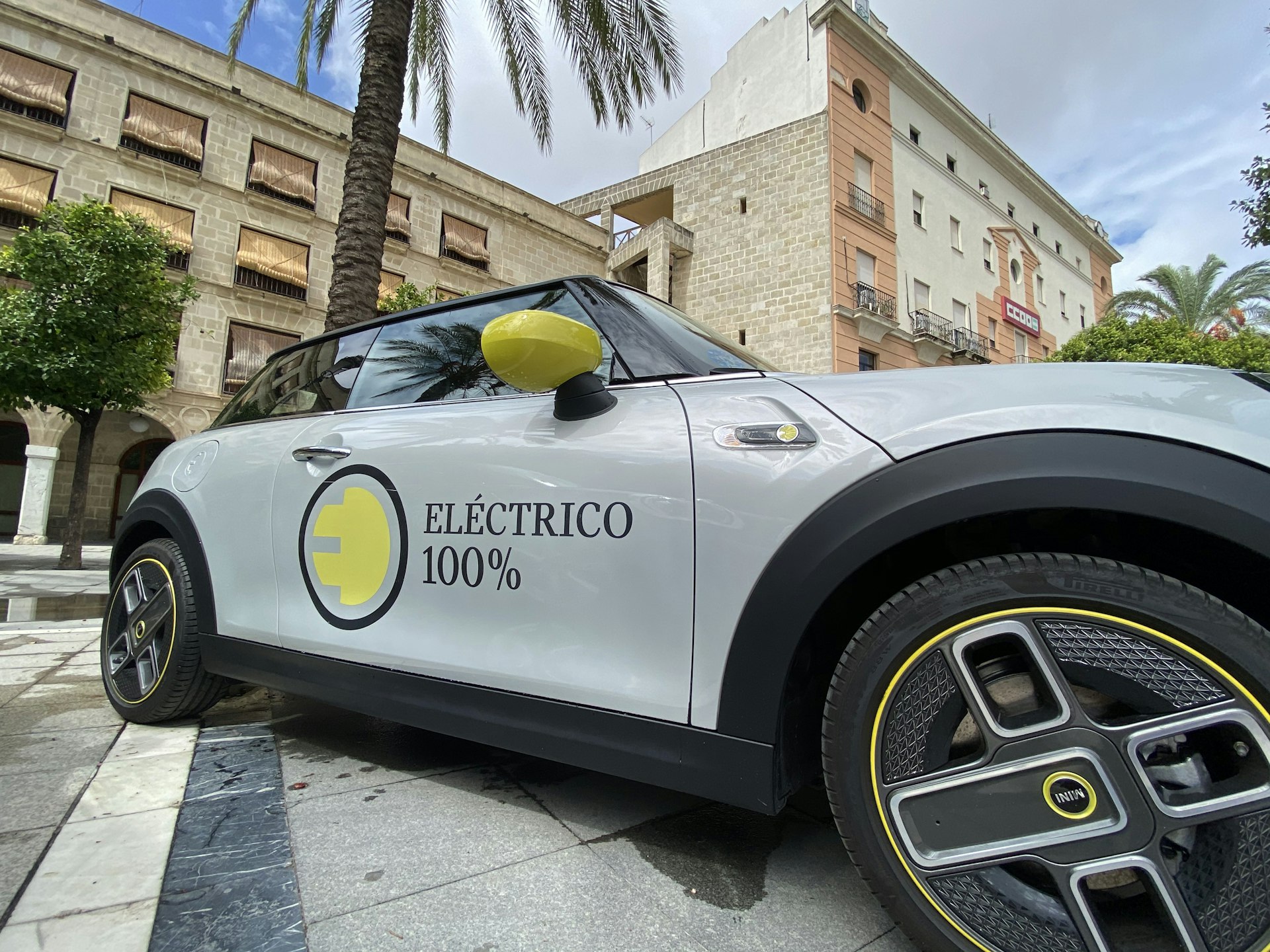Exploring the Bright Road Ahead: The Future of Solar-Powered Vehicles

Photo by Grigorii Shcheglov on Unsplash
The Dawn of Solar-Powered Vehicles: Current Landscape
Solar-powered vehicles have moved from concept to reality, with industry forecasts predicting the global solar vehicle market could reach $1.22 trillion by 2032, up from $266.7 billion in 2025. This remarkable growth is attributed to increasing consumer demand for eco-friendly, cost-efficient transportation, advances in solar panel and battery efficiency, and supportive government policies worldwide [1] . Recent launches, such as India’s first solar-powered electric vehicle, EVA by Vayve Mobility, provide real-world examples of solar vehicles arriving in mainstream markets. EVA is available in three battery configurations and is priced for affordability, signaling a growing commitment to accessible solar mobility solutions.
Technological Innovations Powering the Shift
Several game-changing technologies are making solar vehicles increasingly feasible for daily use. High-efficiency monocrystalline solar panels have emerged as the leading choice for automotive integration, offering better power density and longevity than older alternatives [1] . Companies like Aptera Motors have demonstrated production-ready solar electric vehicles (sEVs) that can deliver up to 40 miles of free solar-powered driving daily and up to 400 miles per full charge in optimal conditions [2] . These advancements are made possible by lightweight vehicle designs using materials like carbon fiber sheet molding compound, which reduce both weight and complexity.
Another notable innovation is the integration of solar panels into various exterior surfaces-roof, hood, hatch, and even doors-maximizing energy capture from all available sunlight angles. For example, Lightyear’s solar modules achieve up to 23% efficiency and can be tuned for different battery systems, enabling applications from passenger vehicles to commercial vans [4] .

Photo by Grigorii Shcheglov on Unsplash
Benefits of Solar-Powered Vehicles
Solar vehicles offer several key benefits for individuals, businesses, and communities:
- Significant reduction in fuel and electricity costs : By harnessing free, renewable solar energy, users can reduce or even eliminate daily charging costs, especially in sunny regions [2] .
- Lower greenhouse gas emissions : Solar-powered vehicles contribute to cleaner air and help cities meet sustainability goals by minimizing emissions [1] .
- Energy independence : Vehicle owners gain the ability to generate their own power, reducing dependency on local electricity grids and infrastructure [4] .
- Potential for off-grid applications : Solar vehicles can provide mobility in remote or disaster-affected areas where charging stations are unavailable.
Emerging Trends and Future Outlook
The future of solar-powered vehicles is shaped by several key trends:
- Rising adoption in urban mobility : Compact solar city cars, such as those being developed by Squad Mobility, are designed for daily urban commuting and are expected to play a growing role in reducing congestion and emissions [5] . Production for these vehicles is planned for 2026 in the EU, with strong interest due to their affordability and practicality.
- Integration into shared mobility platforms : Solar vehicles are increasingly being considered for car-sharing and ride-hailing services, offering an eco-friendly alternative for short-distance travel.
- Advancements in solar cell technology : Perovskite solar cells, known for their higher efficiency and lower costs compared to traditional silicon cells, are rapidly approaching commercial viability [3] . These could further boost the range and affordability of solar vehicles.
- Energy storage improvements : Next-generation batteries, including solid-state and advanced lithium-ion technologies, are extending driving ranges and improving charge-discharge cycles, making solar-powered vehicles more practical for everyday needs [3] .
- AI and smart management systems : Artificial intelligence is increasingly used to optimize solar power management, monitor vehicle performance, and predict maintenance needs, enhancing reliability and reducing costs [3] .
Real-World Examples and Case Studies
Several companies and projects illustrate the potential of solar-powered vehicles:
- Aptera Motors : Their production-ready sEV, revealed at CES 2025, provides up to 10,000 miles of solar-powered driving annually in sunny climates and utilizes a four-panel solar array for maximum energy capture [2] .
- Lightyear : Their solar module integration pilot programs have shown the feasibility of replacing traditional vehicle surfaces with highly efficient, durable solar panels, extending the range and resilience of electric vehicles [4] .
- Squad Mobility : Targeting affordable urban transport, Squad Mobility’s solar city car is designed for daily commutes and is expected to expand access to solar mobility for a broad range of users in the near future [5] .
- Vayve Mobility’s EVA : As India’s first solar-powered EV, EVA’s staggered battery and price options illustrate how solar vehicles are being tailored for different markets and user needs [1] .
How to Access Solar Vehicle Benefits: Practical Guidance
If you are interested in solar-powered vehicles, consider these practical steps:
- Research available models: Manufacturers such as Aptera Motors, Lightyear, and Squad Mobility regularly update their websites with product specifications, pre-order options, and regional availability. Visit their official pages or search for “solar-powered vehicles for sale” in your region for the most up-to-date information.
- Evaluate government incentives: Many countries offer tax credits, rebates, or grants for clean energy vehicles. You can search “[your country] electric vehicle incentives” or visit your national transportation or energy agency’s official website to learn about available programs.
- Assess your driving needs: Solar-powered vehicles are ideal for daily commuting, urban mobility, and regions with high solar exposure. Calculate your typical mileage and compare it to the solar range offered by current models.
- Explore shared mobility options: In cities with car-sharing services, inquire if solar-powered vehicles are available for rent or as part of the fleet.
- Stay informed about emerging technology: Follow reputable industry news sources, such as the Solar Energy Industries Association or leading automotive publications, for updates on new models, pilot programs, and breakthroughs in solar and battery technology.
If you are a business or fleet operator, you may also consider pilot programs or collaborations with OEMs to integrate solar panels into your existing vehicle fleet. Contact the manufacturer directly through their official channels for partnership opportunities.
Potential Challenges and Solutions
Despite the promise, solar-powered vehicles face hurdles:
- Limited energy generation in low-light regions: Solar vehicles generate less power in cloudy climates or during winter. This can be mitigated by hybrid designs that allow grid or plug-in charging when needed, and by ongoing improvements in panel efficiency [4] .
- Higher initial costs: Solar vehicles may be priced above traditional vehicles due to advanced materials and technology. However, long-term savings on fuel and maintenance, as well as potential government incentives, can offset upfront costs over time [1] .
- Manufacturing and supply chain obstacles: Startups and established automakers alike face challenges in scaling production, sourcing materials, and navigating regulatory requirements. Delays, such as those experienced by Squad Mobility, highlight the importance of patience and ongoing innovation [5] .
Alternative Approaches: Hybrid and Aftermarket Solutions
For drivers who want to benefit from solar power without purchasing a dedicated solar vehicle, several alternatives exist:
- Solar-assisted charging: Many EV owners install solar panels at home or on business premises to generate clean electricity for charging any electric vehicle. This approach broadens access to solar mobility, even if the vehicle itself lacks onboard solar panels.
- Aftermarket solar kits: Some companies offer retrofit solar kits for existing vehicles, especially for auxiliary power or limited range extension. Search for “solar car retrofit kits” along with your vehicle make and model to explore options.
Key Takeaways and Next Steps
The future of solar-powered vehicles is dynamic and rapidly evolving, with tangible benefits for consumers, businesses, and society. To access these opportunities:
- Stay informed about new vehicle launches and regional availability.
- Assess your eligibility for government incentives using official transportation or energy agency resources.
- Consider the total cost of ownership and long-term value, including fuel savings and reduced emissions.
- Explore both dedicated solar vehicles and hybrid charging solutions to match your needs and environment.
As solar technology continues to improve, solar-powered vehicles are poised to become a practical, sustainable, and cost-effective choice for drivers worldwide.
References
- [1] Coherent Market Insights (2025). Solar Vehicle Market Trends, Share and Forecast, 2025-2032.
- [2] Aptera Motors (2025). Aptera Unveils Production-Ready Solar Electric Vehicle at CES 2025.
- [3] Polar Racking (2024). Top 5 Trends in Solar Energy in 2024 and What to Expect in 2025.
- [4] Lightyear (2025). Driving the Future: Lightyear’s Solar Panel Technology for Automotive Applications.
- [5] Squad Mobility (2025). Solar Car City Car for Daily Urban Mobility.
MORE FROM promospotlight.com













